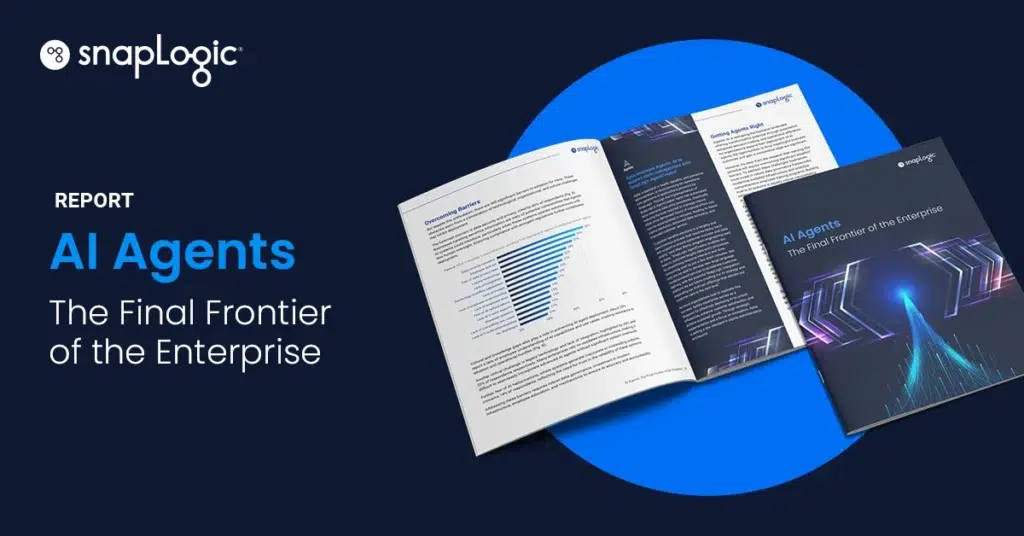What is big data architecture?
Big data architecture is the layout that underpins big data systems. It can refer to either its theoretical and/or physical makeup. Big data architecture is intended to be structured in such a way as to allow for the optimum ingestion, processing, and analysis of data.
System architects are specialized in, much like building architects, to outline a process which will allow for the greatest speed and most efficient use of resources according to an org company’s needs. Those interested in big data architecture and pursuing a career in it are encouraged to follow industry-recommended big data certifications, such as gaining Cloudera certification.
It’s been necessary for big data architecture to adopt a new direction. Traditional database systems would struggle to cope with querying the possibly hundreds of terabytes of data that are held in data lakes. A basic data lake definition is a huge repository of files, objects, or blobs of data, which could hold from gigabytes to petabytes of data. Their sheer scale means that inefficient big data architecture could lead to a single query taking hours or even days to produce results.
The common components of big data architecture are:
- Data sources
- Data storage
- Batch processing
- Message ingestion
- Stream processing
- Analytical data store
- Analysis and reporting
The users of big data most likely to be concerned about perfecting their infrastructure are those storing and processing very large amounts of data (i.e., over 100s of gigabytes). Other uses concern those who need unstructured data transformed so it can be used for analysis and reporting.
Cloud-based services or platforms focused on big data (Azure or Salesforce, for example) can be used as elements of a company’s big data architecture or even to manage the entire process. Incorporating well-established services, including SnapLogic, can give organizations access to knowledge, resources, and security that they might not be able to maintain in-house.









